Curious About Restorative Yoga? We Answer 7 Questions You’ve Always Wanted to Ask

If you’ve tried it, then you know its magic. Restorative Yoga is a deeply soothing and relaxing practice that’s accessible to just about anyone. As the name implies, it’s incredibly restorative.
But for those who haven’t tried this practice before or who’ve only tried it once or twice, there may still be quite a few unanswered questions about this style of practice.
Since it’s distinctly different from most other forms of yoga practice, you may be slightly confused by this unique style. But don’t worry, we’ve got you covered.
Here Are 7 Questions You’ve Always Wanted to Ask About Restorative Yoga, Answered:
These questions cover the most commonly asked questions about Restorative Yoga to give you a better understanding of exactly what the practice is, why it’s helpful, and how and why you should practice it.
1. What’s the Difference Between Yin and Restorative Yoga?
Because both Yin Yoga and Restorative Yoga are slower-paced practices, they’re often confused and used interchangeably. But they are distinctly different practices that each have different goals.
Yin Yoga is designed to gently affect tissues in the body through compression and stretch. You are meant to feel sensation in a Yin practice. Contrarily, Restorative Yoga targets your nervous system, and specifically, your parasympathetic nervous system (or your “rest-and-digest response”).
Want to learn more about Yin? Read: What Is Yin Yoga and What Are the Most Common Benefits?
The intention of Restorative Yoga is to soothe and relax your body, breath, and mind to move you into the restful side of your nervous system. For most practitioners, that means not feeling much sensation at all in physical tissues, but instead, creating a much more meditative practice.
While yoga props are often used in a Yin Yoga practice, Restorative Yoga relies heavily on props – lots of props – to take all the pressure off the physical aspect of the poses, and put the focus on the meditative aspect as opposed to Yin’s physical focus on the tissues.
Worried about needing lots of props for Restorative? Here are 5 Restorative Yoga Poses You Can Practice With Props You Already Have at Home
2. Is Restorative Yoga Basically a Nap With Comfy Props?
Because Restorative is such a deeply meditative practice that utilizes lots of props and support in gentle positions, many people don’t see a difference between it and taking a nap with the aid of these supportive props!
While it may look like you’re simply sleeping to an outsider, you’re actually consciously affecting your nervous system through soothing breathing practices and meditation techniques on the inside.
Although it’s a very gentle yoga practice, the intention is not to fall asleep, but instead, to move you into a conscious awareness of the present moment in a completely serene and meditative setting.
This Is Why You Need to Have a Restorative Yoga Practice (According to an ER Doctor)
3. Is It Bad If I Fall Asleep During Restorative Yoga?
Even though the intention is not to fall asleep during Restorative Yoga, that doesn’t mean that it doesn’t sometimes happen.
If you’re sleep deprived or excessively anxious, then moving your body into a parasympathetic state may inevitably make you start to doze off. This is because this is the side of the nervous system that we use to consciously fall asleep at night.
So if you fall asleep during your Restorative practice, it doesn’t mean you’re doing something “wrong” or being rude, it just means that sleep is what your body needed or that you were so deeply relaxed that your body thought it was time to rest.
Don’t worry if you fall asleep from time to time. When you come back to consciousness, just return back to your mindful Restorative Yoga practice.
4. What’s the Benefit of Laying Around on Pillows for an Hour?
Unlike many other styles of yoga, Restorative Yoga is not a workout for your body. It’s more like a work-in for your mind.
Many people feel that if they don’t break a sweat or feel a good stretch, then the practice is useless. But in our chronically stressed out modern society, Restorative Yoga seems to be more and more necessary for our overall health and well-being.
Unlike many other styles of yoga, Restorative Yoga is not a workout for your body. It’s more like a work-in for your mind.
Our bodies and our minds are intrinsically connected, even if we like to pretend that they are separate entities. What we do to one affects the other. When we constantly live in a state of stress, we wreak havoc on our bodies, leading to an increase in stress-related diseases.
So, while Restorative may just seem like a bunch of laying around over pillows for an hour, it actually can have profound effects on your mind, which can have profound effects on your body. Even if you’re not producing a six-pack, your body will still be very grateful for – and benefited by – your Restorative practice.
Try These 4 Restorative Yoga Poses to Relax Your Body and Mind
5. Why Do We Hold the Poses for So Long in Restorative Yoga?
Because we live in such a go-go-go society, we don’t often like to linger. We rarely do one thing at a time. We sip our morning coffee while reading the news. We check emails in bed and on our lunch break and we pay the bills while making dinner. We are a multitasking, busy-glorifying society.
So when we consciously try to quiet our minds and relax our tense bodies, it doesn’t happen so quickly or naturally. Thus, when we practice slow Restorative Yoga, most of us need a considerable amount of time before we’re actually able to “drop” into the posture.
We need time to slow our breath. We need time to clear our minds. We need time to soften our muscles. And, perhaps most importantly, we need time to feel safe enough to fully relax.
Restorative poses are typically held for about 5 to 10 or even 15 minutes so that your body, breath, and mind have plenty of time to soften and relax in the shapes.
6. What Should I Do If I Get Anxious From Holding a Pose for a Long Time?
It’s incredibly common for people to feel antsy or restless during Restorative practices. We’re just simply not used to unwinding for so long. And for some, this can even bring on feelings of anxiety.
Now, of course, the goal of our Restorative practice is to ease and calm anxiety – not to create it! So if anxious thoughts arise during your practice or if you feel anxious from holding a particular pose for too long, then adjust as needed.
Change positions to relax your body. Silently repeat a mantra to yourself to calm your mind. Acknowledge and accept the impermanence of the pose.
If things get bad, get up and take a quick walk to the restroom. Do whatever you need to in order to be able to relax again. And then when you’re ready, jump right back into your practice.
7. How Is a Restorative Practice Helpful for Your Body and Mind?
As mentioned, Restorative Yoga practices move you into the parasympathetic side of your autonomic nervous system. This helps to slow your heart rate, enhance digestion, decrease blood pressure, slow your breathing, and soften skeletal muscle tension.
All of these physical changes also help your mind slow down for greater relaxation and calm.
Although it may not seem like you’re doing much in a Restorative practice, taking the time to just relax and be still can have rippling effects across all aspects of your being.
A simple Restorative practice can help improve your overall health and well-being by helping to calm and soothe your nervous system.
Need more reasons to give Restorative a try? Here are 5 Big Benefits of Restorative Yoga (Plus the Motivation You Need to Try It!)
Restorative Yoga: The Takeaway on This Calming Yoga Practice
Restorative Yoga is a powerful practice that offers a plethora of different benefits for your body and mind.
Hopefully, now that you’ve had your most pressing questions answered, you feel empowered and inspired to give Restorative Yoga a try and experience its many benefits for yourself.
Ready to Try It for Yourself? Practice Restorative Yoga With Us!
Take the online yoga class Restore with Allie Geer on YA Classes by YouAligned!
Leah Sugerman is a yoga teacher, writer, and passionate world traveler. An eternally grateful student, she has trained in countless traditions of the practice and teaches a fusion of the styles she has studied with a strong emphasis on breath, alignment, and anatomical integrity. Leah teaches workshops, retreats, and trainings both internationally and online.
Don't Miss These



This Month's Letter
From the Editor
Monthly motivation and food for
thought from our founder.

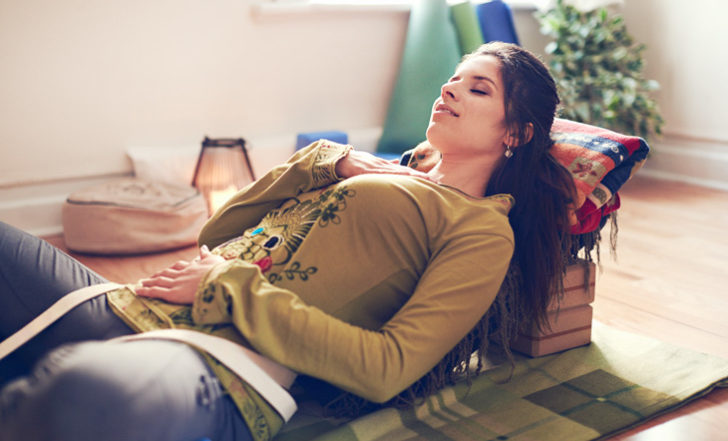
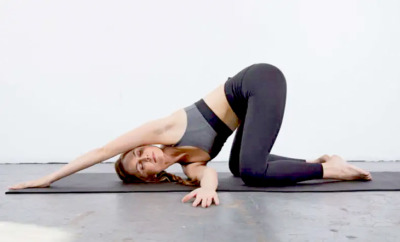


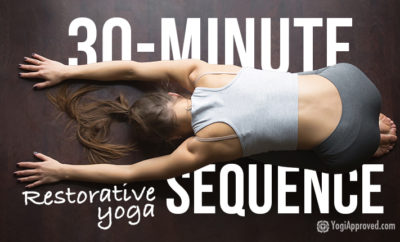
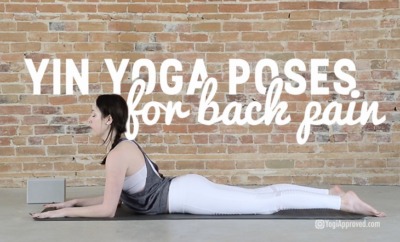
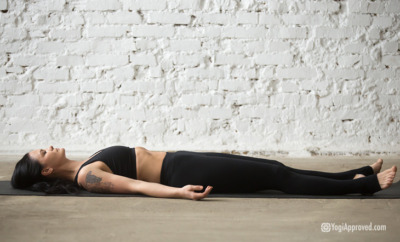





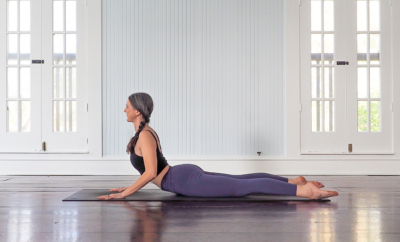



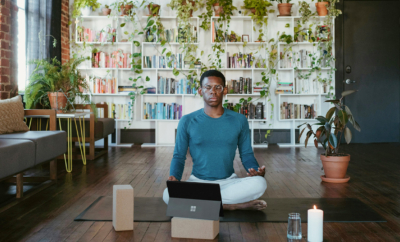
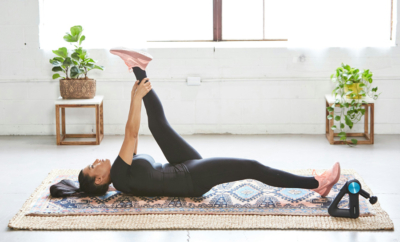










Comments